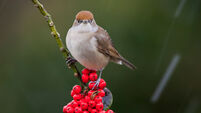Peter Dowdall: Green gardening creates a haven in any space
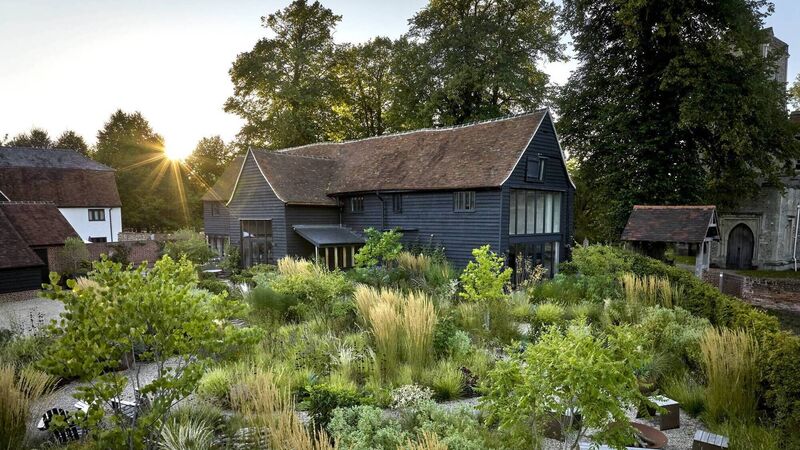
The garden of landscape architect Stefano Marinaz in Essex.
The recent Garden and Landscape Designers Association (GLDA) international seminar in Dublin was once more a treat for anyone with more than a passing interest in our landscape and the environment in which we all live and work.
Stefano Marinaz a leading landscape architect with offices in both London and Utecht and currently managing projects all over Britain, Italy and the Netherlands showed us around some of his recent projects and one which captured my attention in particular was a garden which he calls “New Beginnings” in Essex.
As with all his creations he zones in on the following four principles when creating gardens: prioritised planting, habitat creation, increased biodiversity and permeable surfaces.
We’re aware of the need to enhance biodiversity and to protect what we still have and Stefano showed us, that even in small urban plots such as this one in Essex and several in the Netherlands which we looked at, it’s possible to create meaningful spaces which are more than just pretty.
What I mean by “meaningful spaces” is gardens which are playing a role in conservation and helping the tapestry to repair itself. Prioritised planting refers to bringing the planting closer to the home and creating a journey through planting to the other garden features, such as the outdoor living or dining area, kids' play areas and utility areas.
He does this in a few different ways and the use of curves in his design is omnipresent, which helps to draw the garden visitor along.
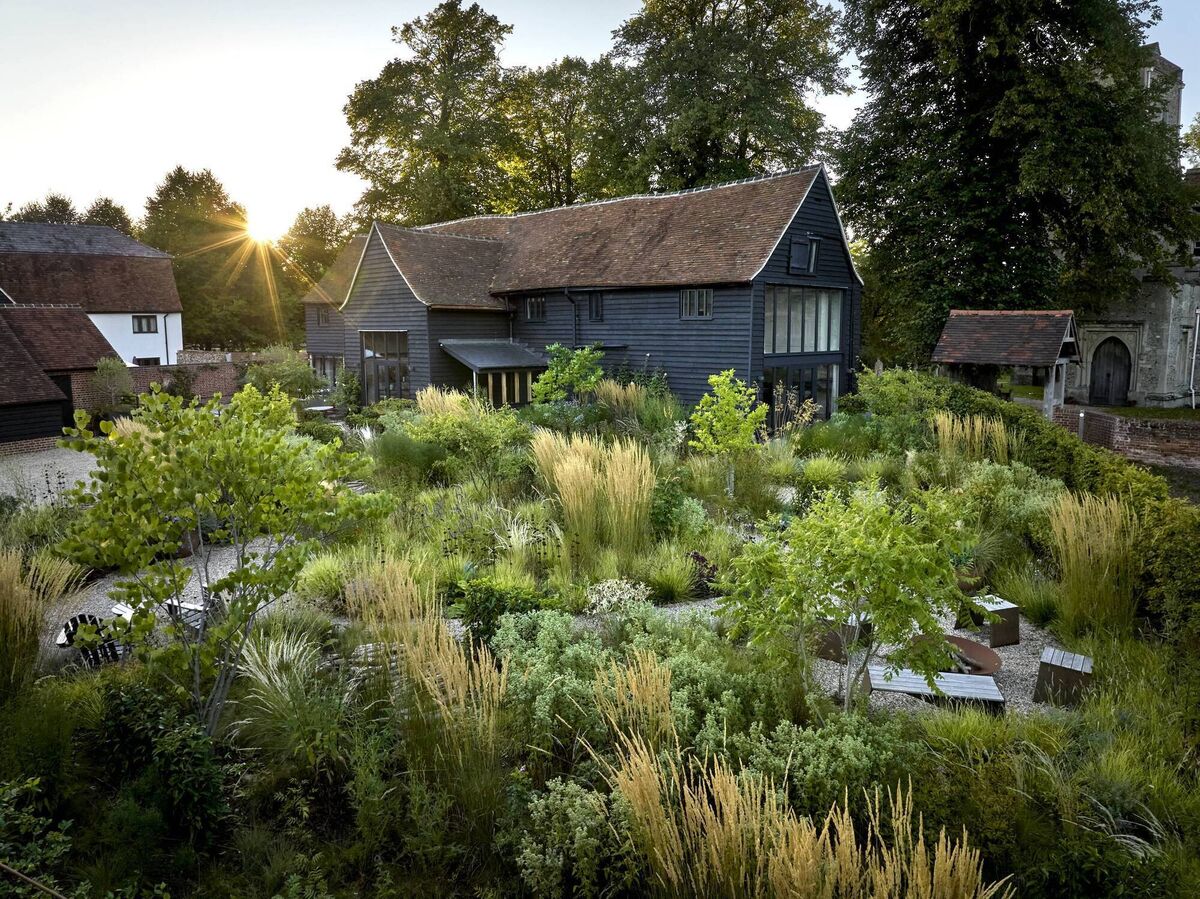
What appealed to me about his creations was his use of log piles. For years, I have been espousing the benefits of leaving log piles and leaves in the garden as these are great places for beneficial insects to take refuge and within which, small mammals, such as hedgehogs can hibernate.
Stefano is on the same page, however, he is going a step further and using log piles to define spaces within the garden. Instead of walls and fences, piles of logs and cut timber are used to divide sections of the garden and the result is quite beautiful.
His planting is lush with much use of grasses, low growing forms for the understorey and taller ones as focal points mixed with flowering perennials. Again, the low grasses offer refuge for insects and they all provide food for birds with their seedheads.
Stefano is a great believer in crushed stone and slate as a material for paths and seating areas and it certainly suits the look and feel of his designs and his gardens. It provides a “hard” material to walk and position furniture on but at the same time is permeable and thus allows water to drain through and isn’t directed towards the drainage system.
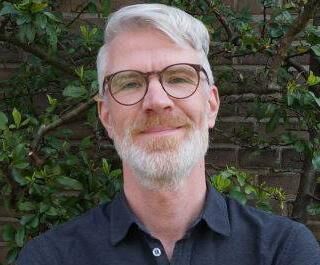
Ton Muller describes himself as a landscape and planting designer. He is head landscape designer at the Municipality of Amsterdam and his work revolves around public urban landscapes tuned to nature. He is pioneering new habitat-based approaches to planting in public spaces and the built environment.
All Amsterdammers have green space on their doorstep, no one is more than a 20-minute walk from a public park or green space, quite an achievement in such a heavily urbanised and densely populated city. As a result, city residents, exercise and play more sports as there are facilities on their doorstep.
Not content to rest with what they have already achieved, Amsterdam has plans for more green areas, parks, school gardens, pocket parks, improved facilities within existing parks, and an ambitious aim for 50,000 square metres of green roofs.
All this is being done, not just for the aesthetics but also to make the city more resilient to a changing climate as these green areas will make the city better able to withstand periods of intense rainfall and higher temperatures.
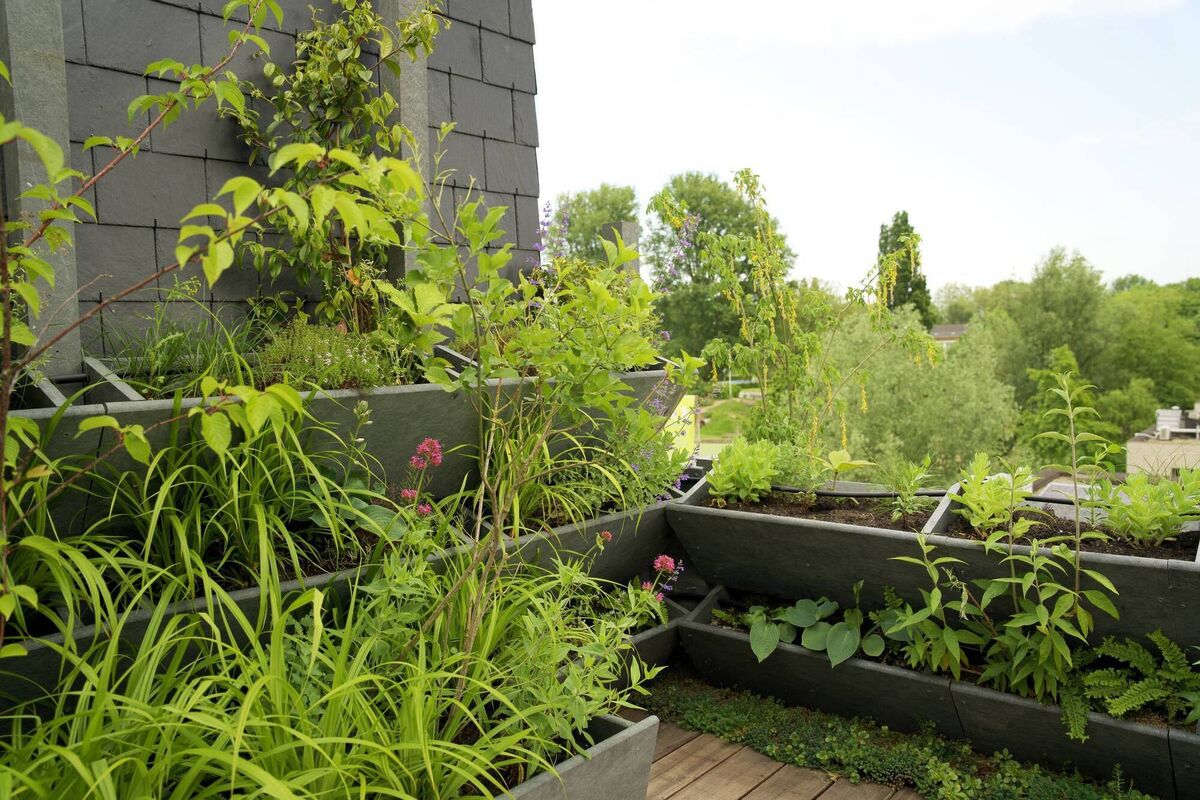
Ton’s ethos is that they are creating habitats for humans, plants and animals. I love this approach as there is no disconnect. They’re not creating habitats for us humans as is the case here and in so many other cities and thinking about plants and wildlife as an after-thought. In Amsterdam they recognise that it is all connected and for humans to survive and thrive, the green areas have to be an intrinsic part of planning.
As you can imagine, maintenance of these areas is a huge consideration and so, when choosing plants for these green spaces, firstly they look at what are the right plants for the specific conditions, they have to be tolerant of drought and high temperatures. They have to provide a role for biodiversity and not require, watering, staking or deadheading and perennials have to live for at least ten years.
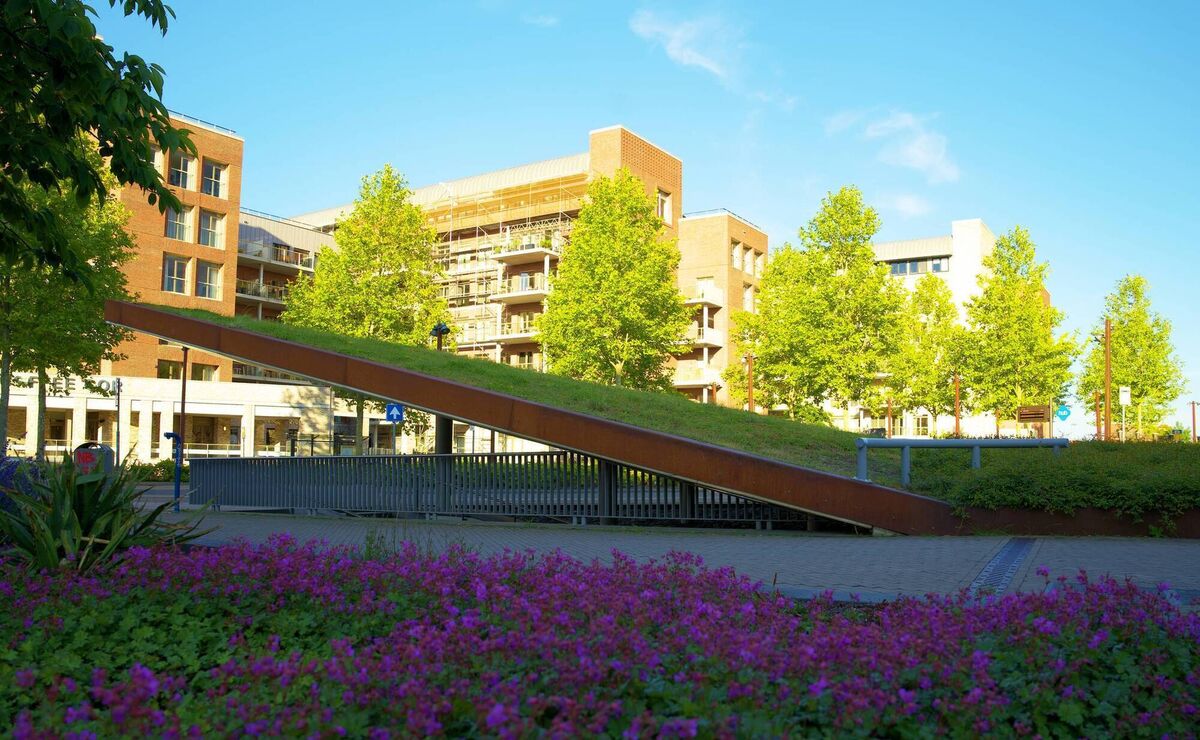
The title of this year's seminar was “Space to Grow” and as always, Dutch ingenuity is to the fore as they are masters of getting the most from limited space.
Next time you are in Amsterdam, if you find yourself waiting for a train, have a look at the central area which if often filled with large stones and rubbish and you will see, species-rich plantings as nice as what you would see in any public park.





